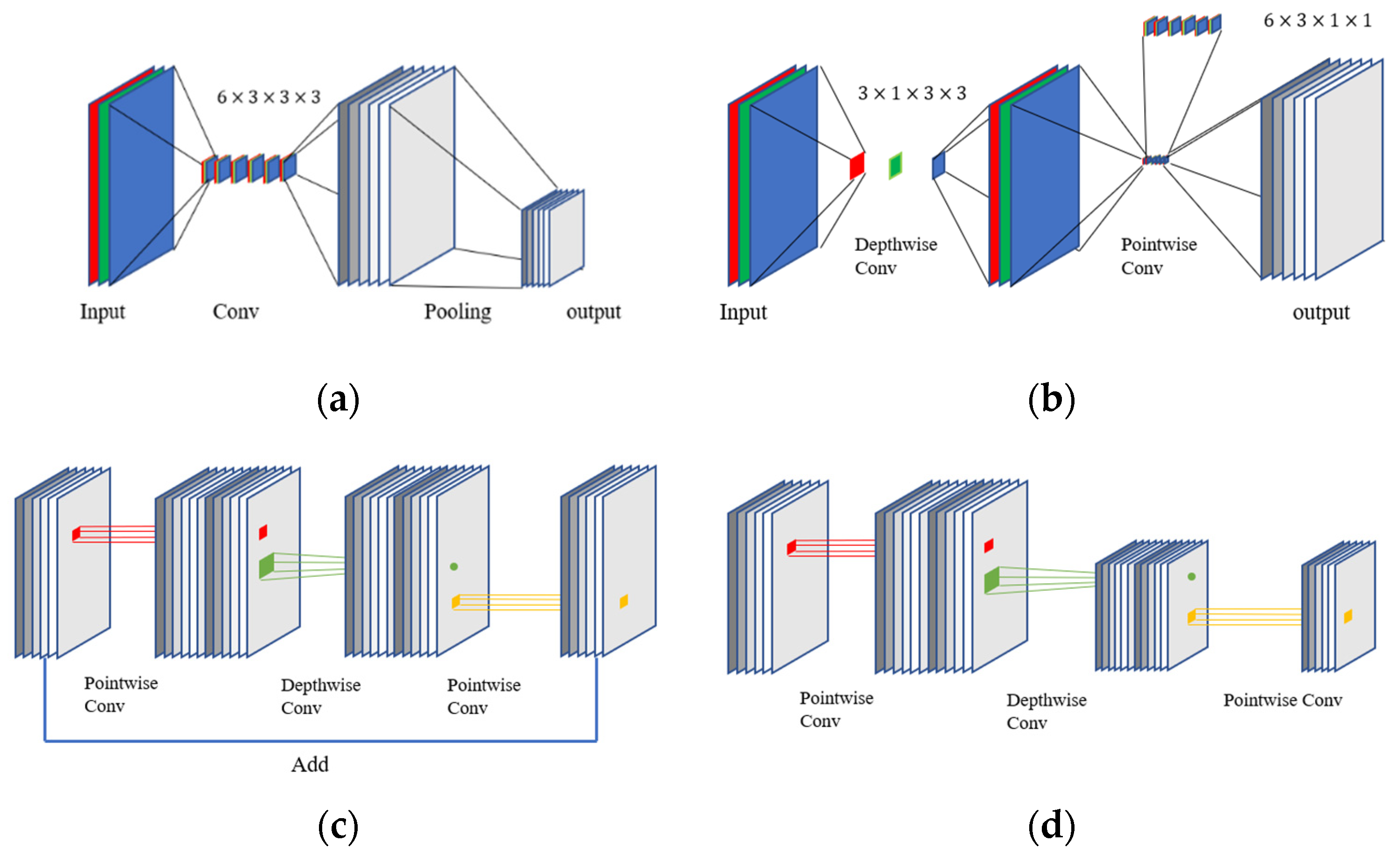
Short tutorial videos for JMP presented by Julian Parris.

My new model doesn’t show any patterns in the residuals and a normal quantile plot indicates that they are normally distributed. So I can see my original model, and the model containing the revisions:
JMP 13 ADD RESIDUAL WINDOWS
When model windows are open, these models are summarised instead of the models contained in the table scripts. I can refresh the contents of teh model diagnostics addin. Now I want to perform diagnostics on this new model. Once the model edits are committed I remove the terms that are not statistically significant: More evidence of the need to include higher-order terms for mill time.īased on this information I could launch the table script for this model and make revisions to the model: The Partition platform is also used to partition the residuals: The residuals plotted against mill time show distinct curvature. The residuals tab allows me to explore my residuals in relation to all the table column variables.

I open the sample data “Tablet Production” and run the add-in. In the case where you have models relating to multiple responses, the models are listed per-response. So if you have a table open, containing table scripts generated from the Fit Model platform, the add-in will automatically identify those model scripts and generate model summary information as well as detailed diagnostics. These diagnostics have been enhanced but what I’m really excited about is that it’s now possible to run diagnostics not only on open model windows but also from table scripts. The add-in is designed to make it easier to conduct residual analysis in order to check model adequacy and to investigate possible missing terms. I have been reworking an old add-in that I use to generate model diagnostic information.


 0 kommentar(er)
0 kommentar(er)
